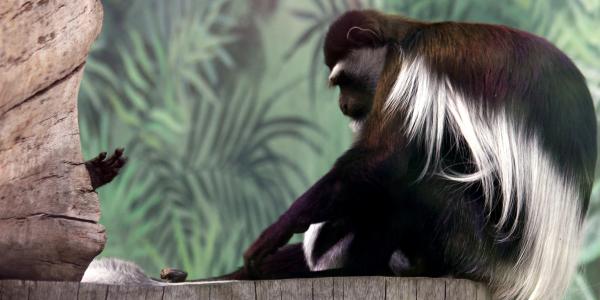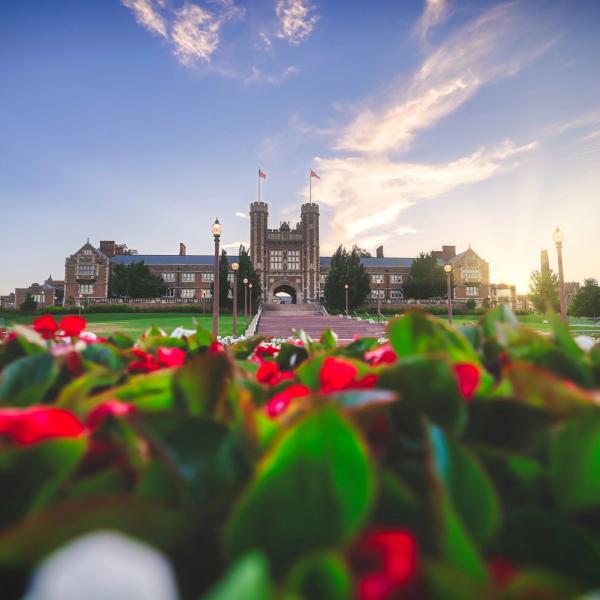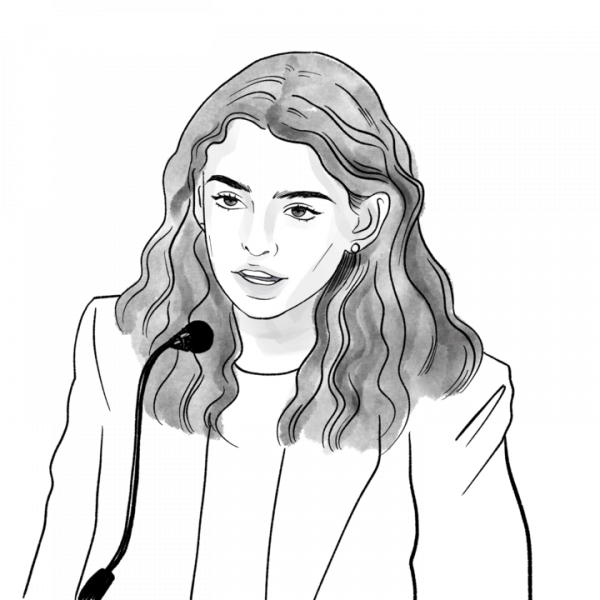Arts & Sciences alumna and St. Louis Zoo program coordinator Monica McDonald has joined forces with Emily Wroblewski, assistant professor of biological anthropology, to study monkey DNA. Their work will provide essential data for future efforts to protect animals in the wild.

After earning her bachelor's, master's, and doctoral degrees in anthropology at Washington University in St. Louis, Monica McDonald took her skills to the St. Louis Zoo, where she serves as program coordinator of the Association of Zoos and Aquariums Reproductive Management Center. Thanks to a seed grant from the Living Earth Collaborative — a center for biodiversity launched by biology professor Jonathan Losos in 2017 — McDonald is now collaborating with WashU anthropological geneticist Emily Wroblewski to analyze DNA from fecal samples from the colobus monkeys in zoos and in the wild to determine their relationship.
Between 2007 and 2010, McDonald carried out a study to investigate genetic differences among populations of Peters’ Angolan colobus monkeys. She found a good deal of genetic diversity between the Kenyan and Tanzanian monkeys, suggesting they might actually be two separate subspecies, but she was unable to gather samples near the countries’ border, leaving this question unresolved.
Pamela Cunneyworth, director of Colobus Conservation, an organization dedicated to promoting the conservation, preservation and protection of the Angolan colobus monkey and its associated habitat, approached McDonald to collaborate and revisit these questions. This study will help conservationists understand and more precisely identify areas of greater extinction risk. And — if there are in fact several distinct subspecies — zoo management programs could be tailored according to their different requirements.
Read more about the study in the Source.




